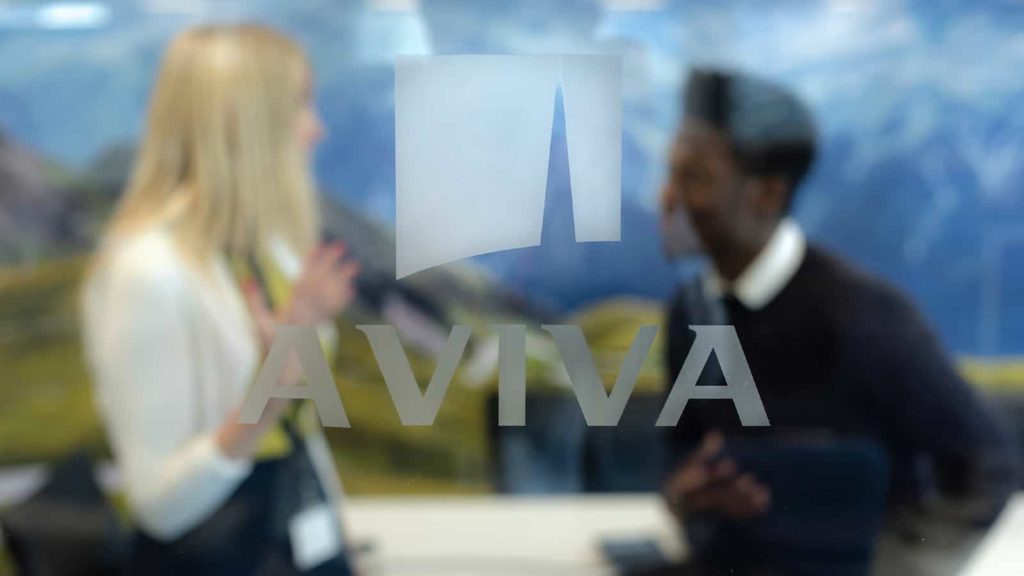How many Aviva shares do investors need to buy to aim for a £10,000 passive income?


Aviva (LSE:AV.) shares have been on quite an impressive run in 2025, climbing by over 35% since the start of the year. In fact, this recent upward momentum’s pushed the stock price up to a 17-year high. And yet the company continues to offer one of the highest dividend yields in the FTSE 100.
With a current dividend per share of 35.7p, investors aiming to earn a £10,000 annual passive income would need to buy roughly 2,800 shares. But is this actually a good idea?
The bull case
A big part of the resurgence of Aviva’s share price is the return of higher interest rates. This ultimately made demand for annuities far more attractive, resulting in a massive surge of revenue and cash flow for the business.
Interest rates have since started to fall, demonstrating that the gravy train never runs forever. But management’s been using its recent successes as a catalyst for reinvestment, particularly with its recent acquisition of Direct Line. This deal not only massively expands Aviva’s insurance market share but also pushes the business more towards its goal of becoming a capital-light enterprise.
UBS, in particular, has highlighted the potential for £200m in cost synergies from this deal. And with the group’s latest results showing further volume growth in general insurance premiums, the company appears to be on track to hit its £2bn operating profit target by 2026.
The bear case
Assuming that Aviva reaches its strategic milestones, the current dividend per share could be set to rise steadily over the coming years. That would obviously be terrific news for passive income investors. However, it’s important to remember that this is far from guaranteed.
Integrating an acquisition of this scale is a complex process. And if the expected synergies fail to materialise, hitting management’s ambitious profit goals could be challenging. What’s more, this risk is only being further amplified by indirect exposure to tariff-induced inflation.
Higher material and labour costs are expected to drive up home and vehicle insurance claims. And since most insurance policies are for a period of 12 months, Aviva can’t immediately adjust existing policies to new cost realities, putting profit margins at risk.
The bottom line
All things considered, Aviva’s outlook appears to be quite positive. Even with inflationary risks, its increasingly diversified portfolio of property & casualty as well as life insurance offerings provides some protection. However, this positive outlook hasn’t exactly gone unnoticed.
As previously mentioned, the stock’s now trading at its highest point in 17 years. And with the price-to-earnings ratio now standing at a lofty 27, it seems a lot of future growth is already baked into the valuation. The dividend yield definitely remains attractive, but personally, I think there are cheaper passive income opportunities to consider exploring elsewhere.
The post How many Aviva shares do investors need to buy to aim for a £10,000 passive income? appeared first on The Motley Fool UK.
More reading
- Consider these 2 top growth stocks to buy in August
- Aiming for a £5,000 second income? Here’s how much you need to invest
- Forecast: see where the electrifying Aviva share price and dividend may go next
- At a 17-year high, could the Aviva share price still offer value?
- 3 income-rich UK shares I’m comfortable to hold until 2035
Zaven Boyrazian has no position in any of the shares mentioned. The Motley Fool UK has no position in any of the shares mentioned. Views expressed on the companies mentioned in this article are those of the writer and therefore may differ from the official recommendations we make in our subscription services such as Share Advisor, Hidden Winners and Pro. Here at The Motley Fool we believe that considering a diverse range of insights makes us better investors.





